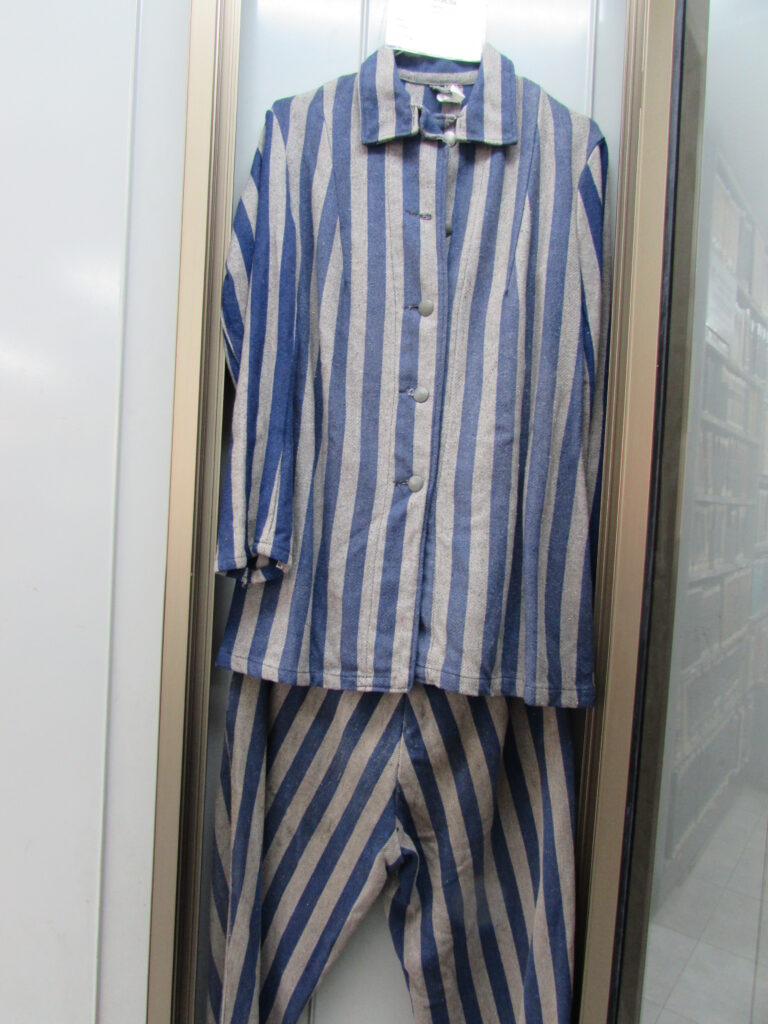“Buchenwald is located between the city of Weimar, about ten kilometres away, and the city of Erfurt, about eight kilometres away. We received other clothing, clean and narrow, pants, a shirt, and a blue-gray striped jacket, as was customary in all concentration camps in Germany. The shoes, each shoe was whatever we received. I still had the shoes I had brought from home. After the shower, they put us in cramped barracks, fourteen people on a bunk on the fourth floor…”
“In block eight, where we were sent, each day we received one slice of bread and soup and in the morning a cup of tea without sugar. We did not work. We merely sat on benches next to tables, around twenty boys per table. We could also go out to the larger camp area, but it was cold outside, and our clothing was the thin prisoner outfit and a shirt, so even though there was not much heating in the barrack, it was less cold than outdoors…”

These lines were written by Zalman Cohen z”l of Bnei Brak, who was originally from the town of Nyíregyháza, Hungary, in his book “It is I, He Who Consoles You,” in which he recounted his Holocaust experiences. He described the uniform he wore behind the barbed wire fences, like millions of other unfortunate prisoners, starving human skeletons, who lost their identities and uniqueness in the humiliating uniforms.
Following liberation, Zalman Cohen kept his striped uniform and brought it with him upon immigration to Israel as a memento. Over the years, it reminded him of the Valley of Death that he experienced and the magnitude of the miracle that befell him when he was able to immigrate to Israel and establish a new generation. Zalman donated the uniform, which was dear to his heart, to Ganzach Kiddush Hashem. Here it remains to tell his story and the story of thousands of pure martyrs who in uniforms like this one, were tortured and tormented until their last breaths, when the uniforms were passed on to other Jewish prisoners.















